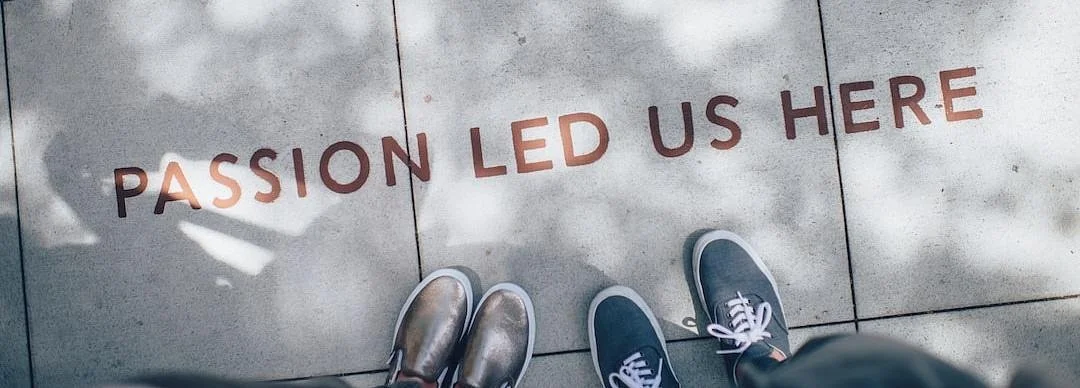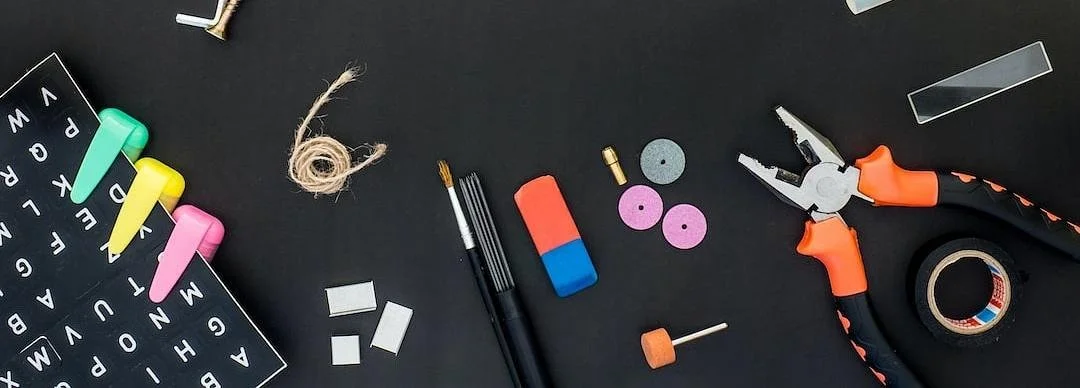Keep The Home Fires Burning: Social practice as care work
By
Lena Chen
Published in September 2021 as part of the extended digital edition of Social Works? Open journal…
“show your work—show it again
keep the contemporaryartmuseum groovy
keep the home fires burning”
Over the course of a ten-year journey producing participatory performances and community-engaged work in Europe and North America, my work has encompassed different aspects of care in my interactions with the public. I have played overlapping roles as partner, parent, facilitator, counselor, chef, community organizer. In Daughter (2018), I sat across the table from audience members and served a meal of dim sum as I told stories about my mother’s experiences as a newly arrived immigrant in the United States. In Nurture (2018), I held strangers in my arms as they spoke about their maternal relationships and suckled at my breast. In Unbound (2018), I documented paid encounters with foot fetishists and gave foot massages to the public, while we spoke about ancestral trauma using the story of my great-great-grandmother (the last woman in my family with bound feet). In Blood Scry (2019), people gazed into a bowl of my menstrual blood in order to divine messages about the future. In Purify (2019), bar-goers wrote down their fears on slips of paper and tucked them under ropes binding my body, for me to later read aloud and burn.
Long before I became versed in the theory of art, I learned from these embodied and intimate encounters that the art of social engagement is the art of care; of bearing witness (Suzanne Lacy's Ablutions and The Crystal Quilt), of holding space (Adrian Howells' one-to-one performances), of taking space (Lorraine O'Grady's Art Is ..., 1983), of cracking open (Sita Kuratomi Bhaumik's Estamos contra el muro | We Are Against the Wall, 2016), and of mending together (Yoko Ono's Mend Piece For The World, 1966). While some of these artists identify more closely with performance or conceptual art than with social practice, they have all created work that relies on participation, trust, and activation by others.
Yet if social practice is a form of care, then the social practice artist must also be recognized as a care worker, engaged in the labour of creating meaning or solace, offering emotional support, providing education, looking out for neighbours and sustaining communities, among many other things. When we call artistic labour ‘care work’, we not only demonstrate the value of social practice itself, but also elevate the value of care—labour which is disproportionately shouldered by un(der)paid women and people of color, yet indispensable to the functioning of our society.
Already the categories of artist and care worker are not mutually exclusive, as artists often care for others in their private life in addition to caring for the public in their work. The ‘paradox’ of care in this context is that because the work is often done out of love, there is a presumption that it does not necessitate payment. In Wages Against Housework, a treatise on the appropriation of reproductive labour for capitalist production, Silvia Federici puts it succinctly, ‘[t]hey say it is love. We say it is unwaged work.’ [1] Similarly, artists are poorly compensated for having chosen a ‘passion’ as a profession and subjected to precarious labour conditions, gig work, and free internships. Hito Steyerl speculates that ‘[a]part from domestic and care work – art is the industry with the most unpaid labour around ... kept afloat by the sheer dynamism of loads and loads of hardworking women.’ [2] This rampant exploitation allows only the most privileged to earn a living within the art world, which suffers from imbalanced representation across class, gender, and race. As with other crisis situations, COVID-19 has exacerbated these inequities, given that women and people of color are more likely to be employed in low-paid occupations and to act as caregivers to children and elderly people.
According to the philosopher Carol Gilligan, a feminist ethic of care ‘begins with connection, theorized as primary and seen as fundamental in human life’ and honors how ‘human lives are interwoven in a myriad of subtle and not so subtle ways’ (122). Demanding recognition of social practice's reliance on caring labour is, therefore, a feminist project challenging the hierarchies that have historically privileged the traditional art object – often made through the exploited labour of interns and assistants. As a facilitator of social relations and experiences, the social practice artist holds a position of both power and vulnerability, because while one can design a framework for engagement, the outcome of such a framework relies on the trust of the audience and the dynamics between collaborators (be they other artists, non-artists, or organizations). By framing the relations of care as works of art we diffuse the power of the artist through a process that is undeniably social, but also profoundly political. Neysa Page-Lieberman and Melissa Hilliard Potter argue in Feminist Social Practice: A Manifesto that social practice is deeply reliant on feminist strategies of organizing ‘from performance to protest, to consciousness raising, to collaboration.’ [3] By making visible the labour of care as well as its political roots, we acknowledge that social practice artmaking is a format of feminist resistance within a society in which artistic labour is all-too-frequently subject to the same exploitative logic as all other labour.
During times of crisis and uncertainty, artists and care workers are asked to provide solace and their labour matters more than ever, offering intimacy, connection, and meaning. Simultaneously, they are precariously employed workers navigating these crises in their own lives as they struggle to adapt to the conditions of a pandemic or recession. Just as therapists undergo clinical supervision to receive guidance and support, artists who position themselves as givers of care must also balance that labour through receiving care, particularly when their work explores difficult subject matter that can lead to compassion fatigue and trauma transference. As Veronica Agard asks of healing work, ‘[h]ow many folks who step into this work have become burnt out or hurt along the way? What kind of long-term impact can we have if we don’t share the same healing methods we give to others with ourselves? How can we be a support system for others without depleting ourselves? How can we develop tools to thrive as opposed to just surviving? Who heals the healer?’ [4]
Both art and care work sustain society and exist beyond one-to-one relations to involve entire communities. As artists and care workers, our economic, psychic, and political survival demands a recognition of our labour and the context in which we produce creative or intellectual work, work which is done out of love, but is nonetheless labour – often performed by those who are marginalized. As the politics of art, labour, and care converge, let us envision a society in which social practice advances an argument for art and care work as worthy of compensation and as ‘essential labour’ necessary to our mutual survival.
ENDNOTES
[1] Silvia Federici, Wages against Housework (Bristol: Falling Wall Press, 1975), 74.
[2] Hito Steyerl, 'Politics of Art: Contemporary Art and the Transition to Post-Democracy,' e-flux journal 21 (2010), https://www.e-flux.com/journal/21/67696/politics-of-art-contemporary-art-and-the-transition-to-post-democracy.
[3] Neysa Page-Lieberman, and Melissa Hilliard Potter, 'Feminist Social Practice: A Manifesto,' ASAP/Journal 3, no. 2 (2018): 336.
[4] Veronica Agard, 'Vision – Who Heals The Healer?,' Who Heals The Healer?, accessed on April 20, 2021, https://whohealsthehealer.com/vision.



